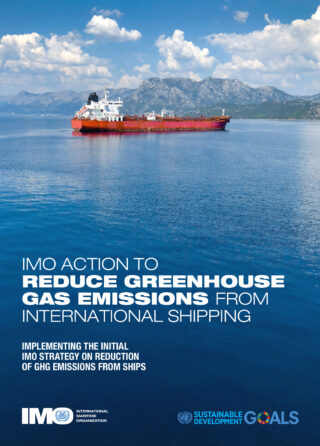6.1
6.1 The future of globalised industrial supply chains is under scrutiny in light of the pandemic
Both companies and governments are worried about the impact of the pandemic on supply chains.
We are living through a profoundly new period that forces us to ask ourselves questions we haven't asked ourselves [about things] like supply and production chains.
Emmanuel Macron, March 2020
Deglobalisation and protectionism would be likely inflationary, and the poor would suffer from this the most.
As the use of robots increases, some groups are more vulnerable than others. In the US the Hispanic community looks especially vulnerable to job losses from automation.
6.2
6.2 COVID-19 may rework global supply chains, with uncertain sustainability implications
Airport traffic is 80-90% down this year. Global trade is slumping.

For some countries a meaningful percentage of emissions are associated with trade: a country may ”consume” emissions which are actually produced in another country.
A switch from global trade to local production might reduce consumption-based emissions, but this would be offset by increases in local production and potential loss of efficiencies in global supply chains.
The growth in restaurants and cafes is a crucial component of increasing female labour-market participation. As the bottom chart shows, under lockdown, women are taking up much of the slack of housework and childcare, while men continue in paid work.
A reconfiguration of global supply chains would bring about a variety of sustainability challenges and opportunities. Companies with deep commitments to ESG are likely to be a step ahead in developing their strategic response.
A key challenge for industry is how to shift to a new equilibrium where supply chains ensure greater resilience without a costly impact on efficiency. Deglobalisation may well be accelerating due to automation and the political and economic effects of the pandemic.
Government response plans will have a meaningful effect on the future of supply chains. For instance, the circular economy, the climate and digital innovation will be key pillars of the EU’s recovery plans. China’s choices in the 14th Five-Year Plan will also help to shape the future of global supply chains.
Supply chains for materials, such as steel, cement, concrete and hydrogen are especially politically sensitive due to concerns about net-zero strategies on competitiveness. Discussions about the role of border tariffs in the EU (and other G20 economies) continue. These hard-to-abate industrial sectors require industry-wide collaboration to transition.
Circular-economy strategies should be very attractive to governments in the recovery. They offer strong local economic multipliers, jobs, enhanced resilience and have the potential for much enhanced environmental performance. However, they depend on collaboration between networks of companies, governments and civil society. The quality of such coalitions is an area we will be tracking closely.
6.3
6.3 Long-distance travel and transport is a key frontier for sustainability
Estimates suggest that, without regulation, European shipping emissions would rise 24% from 2010 levels. Shipping and aviation are the fastest-growing sources of carbon emissions in Europe.
The 2018 plan will cut emissions by at least 50% by 2050 compared with 2008 levels

International Maritime Organisation
Low-sulphur fuels are becoming more cost-effective relative to high-sulphur ones.
IMO 2020 took effect on January 1, 2020. Global bunker fuel will be limited to 0.5% sulphur content unless ships have scrubbers installed, far lower than the current limit of 3.5%.
Issuance of sustainability-linked bonds has boomed in recent years.
2019 figures as of 03/06/19
Rail is highly efficient when it comes to carbon emissions.
The pandemic could cause societies to reassess long-distance travel. Business travel now feels relatively non-essential, while travel to see relatives, or simply to experience new places, feels hugely valuable.
The UN goal on maritime emissions will lead to major changes in the sector, deeper even than the changes brought in on fuel-quality. A raft of new technologies and services will need to be brought to bear.
For aviation the challenges are mounting. It is unclear whether people will want or be able to return to flying in large numbers in the coming years. People were already flying less because of the climate crisis in many countries. As the low-hanging fruit are picked, efficiency improvements are getting harder. Automation has come under scrutiny with the Boeing 737 disasters.
The sector will come under pressure to align with the Paris Agreement as part of recovery packages. In France, for instance, government support for Air France will be conditional on rapid efficiency improvements, scaling up of biofuels and non-competition with long-distance rail.

